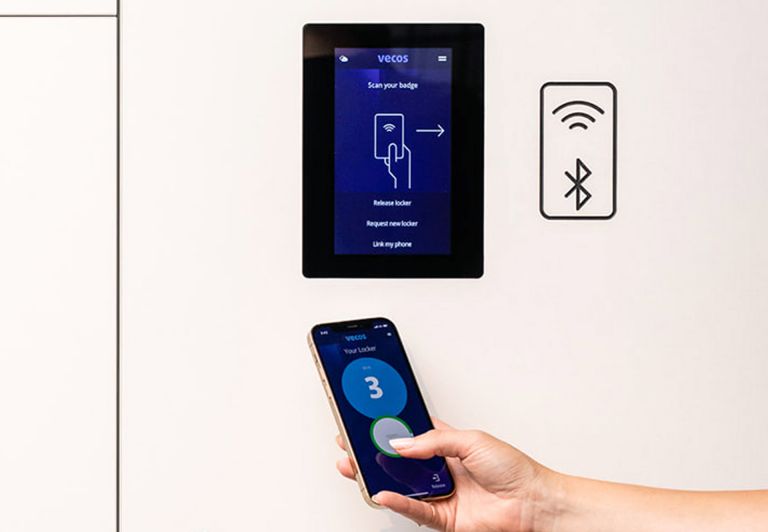This launched a lengthy consultation process that would see the existing layout completely overhauled in favour of a design that significantly improved the health and wellbeing of control room employees. Twenty representatives across different control room teams were enlisted as “change champions”, helping to shape the new environment during surveys, workshops, working groups, prototyping and feedback sessions.
Rio Tinto Superintendent, P&RL Projects, Michele Mercer, explains, “The physical changes were important, but the process we went through during the project was paramount; people wanted the ability to shape their own environment, rather than having it put on them.”
As part of this collaborative process, Schiavello hosted several focus groups to inform layout and workstation design, enlisting additional expertise from industry specialists such as Control Centre Australia’s Russell Ockendon, renowned ergonomist Fiona McDonald and designers from MKDC. Key findings informed a series of five control room design options, each approaching the team’s wishes: an improved layout for the seamless flow of information, noise reduction for key roles, ergonomics to ensure comfort over 12+ hour shifts, better storage solutions and the introduction of collaborative spaces.
In what came as a huge yet pleasant surprise, the P&RL team of over 100 people unanimously agreed on a final design. The chosen design flattened out the previously tiered configuration, rotated the floor plan 180 degrees to reduce noise and access, and improved communication flow with a desk layout that reflected the layout of the rail network. With the floor plan finalised, Schiavello then moved into the next phase, prototyping, manufacturing and installing 45 control room desks in the upgraded facility. Control desk edges are bevelled to avoid impacts to wrists, the clean design provides a calming space for people of all abilities, and the extra storage ensures a workspace free of clutter.
Given two thirds of the control room were still operational 24 hours a day during fit out, Schiavello took a delicate approach to installation. This meant erecting acoustic hoarding, reverse engineering the cutting of materials off-site and managing air flow to ensure comfort for workers. “The impact on other control room occupants was really important and managed exceptionally well,” Michele confirms. “We’ve never had a contractor who has been so supportive and listened to us one hundred percent throughout the whole process.”
Consultation has continued since installation, to ensure further improvements for the team. Several refinements arose after testing in a live environment, including smaller monitor arms, additional storage and minor changes to the computer cupboard. Again, demonstrating Rio Tinto's commitment to shaping outcomes through the deep involvement of its people.
Featured Products

Control Room & Trader Desks











